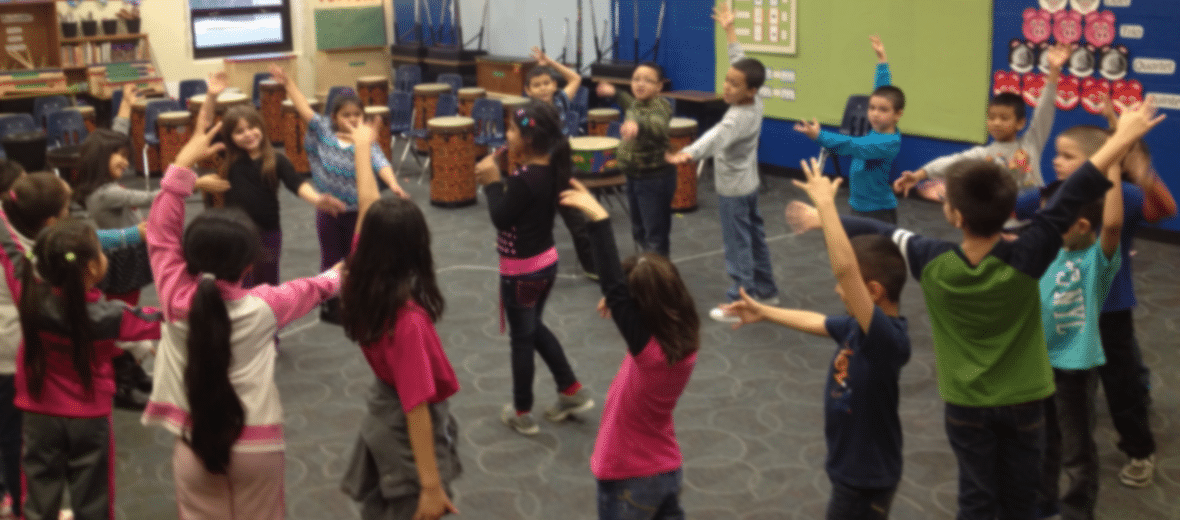
Happy Birthday – Teaching Theme and Variation
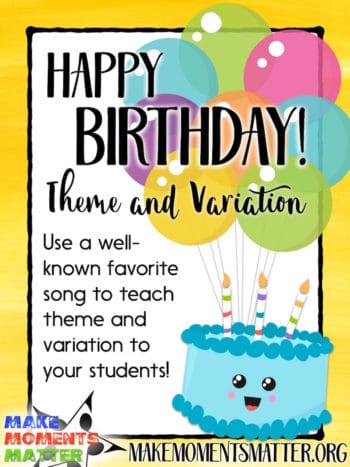 I try and use all my teaching time wisely. I’ve worked really hard to get procedures in place so that I can start class right when kiddos walk in the door and keep the pace going until they’re walking out. There’s not a lot of “downtime” for me unless the kids are composing on their own, working in groups, or doing some self-directed project. Even when students are working on their own I’m usually roaming the room, monitoring, and giving advice.
I try and use all my teaching time wisely. I’ve worked really hard to get procedures in place so that I can start class right when kiddos walk in the door and keep the pace going until they’re walking out. There’s not a lot of “downtime” for me unless the kids are composing on their own, working in groups, or doing some self-directed project. Even when students are working on their own I’m usually roaming the room, monitoring, and giving advice.
So, of course, it’s always a surprise when a kid comes up and says, “Mr. Row, it’s my birthday today!” with that expectant look in their eyes. I’m the music teacher, can I really not give up enough time to sing the birthday song? I mean, I’m the MUSIC teacher! We’ve got to sing! But how to present it in a way that gives structure and teaches and lets the kids know that we’re going to keep learning and still delights the kids? I’ve adapted something that my amazing mentor teacher from student teaching, Debbie Gray, does with her kids to make every birthday moment fun and a learning opportunity too.
Teaching the Theme – Basic Happy Birthday
First of all, I make sure that each grade knows then Happy Birthday Song. At the beginning of the year when the first student in each class tells me it’s their birthday, I make a big deal of singing the song and teaching the basic procedure. Here are my steps for that:
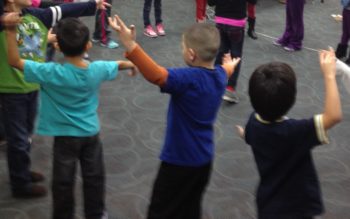 1) Make a “class circle” by all holding hands. This speeds up circle making. “Everyone hold hands with someone near you to make a circle.” Once we’re all holding hands we “drop hands” and face the middle.
1) Make a “class circle” by all holding hands. This speeds up circle making. “Everyone hold hands with someone near you to make a circle.” Once we’re all holding hands we “drop hands” and face the middle.
2) I teach how to sing the song and the basic melody. I don’t take for granted that they all know it. I have a lot of kids at my school are new to the country and haven’t sung this version of the birthday song before. Older grades are usually okay with the melody, but with younger kids I take the time to sing it through a couple times.
3) The birthday kid grabs some “birthday sprinkles” (pixie sticks) and stands in the middle of the circle and can eat the candy while the class sings for them. It’s a treat to get the treat, but it also means that the kid can eat the candy and think about that instead of thinking of all their classmates staring at them.
4) In my version we sing “Happy Birthday to…” and when we sing “YOU” we point one hand at the birthday person in the middle and point one straight at the ceiling. No bent elbows while you “Twinkle your fingers!” until you sing again at the start of the next phrase. This little action gives the kids in the circle something fun to do while they’re singing and is nice because the kid in the middle doesn’t have his/her whole class just staring at them.
5) We practice this procedure a few times and then we sing the song for the kid who has been patiently waiting in the middle of the room. I’ve prerecorded the birthday song on my digital piano so that I can come and stand and join the kids to demonstrate procedure and actions while the music plays and we all sing. Having the song prerecorded so you can join in and direct movement is a handy little trick.
My kids LOVE to add a little “cha cha cha” at the end of every phrase but I usually don’t have them do that with our version of the song. Some kids try to sneak it in, but that ruins the effect/an important part of the birthday song. When you sing a version that goes, “Happy Birthday to you, Cha cha cha” you don’t learn to hold the note at the end of each phrase. With some kids (especially English Language Learners) sustaining a note at the end of a phrase can be awkward and hard. Leaving out the “cha cha cha” gives the kids good practice to work on holding the note at the end of the phrase.
You’ve Learned the Theme, Now for the Variations!
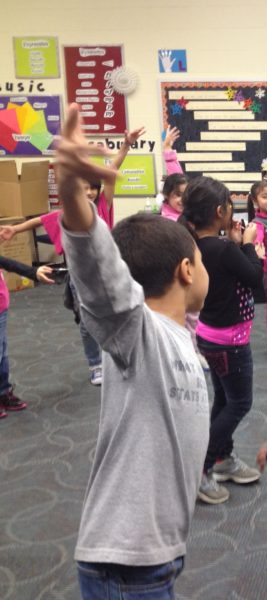 After the entire process of singing the “original version” of the song with outstretched hands and twinkling fingers for the happy b-day boy or girl I introduce the idea that we could sing different versions of the song. “That was fun, but let’s sing it a different way! A new way!”
After the entire process of singing the “original version” of the song with outstretched hands and twinkling fingers for the happy b-day boy or girl I introduce the idea that we could sing different versions of the song. “That was fun, but let’s sing it a different way! A new way!”
We sing the song “cowboy style.” I start giving directions in a southern accent as I show them how to pretend to mount their horses and grab the reigns. We swing our lassos as we sing “Happy Birthday to…” and then we throw our lassos trying to “catch” the person in the middle as we sing “you!” We repeat this as we sing through the song. The piano recording for this one has a meandering and swung “Bum-ba-di-da” pattern that was made famous by Roy Rogers in his show-closing song, “Happy Trails.” All you need are three notes from each chord’s scale: the root, fifth, and the sixth. Play them back and forth, over and over. Again, try and lasso the kid in the middle each time you sing “YOU.”
We sing “robot style.” Have the kids turn to their right and put their arms in an L shape like a Rock-em Sock-em toy and freeze and look like robots. This time I sing each syllable and stop in-between. “Ha. Ppy. Bir. Thday. To. You.” And the whole thing is staccato. The kids move like robots in a circle around the kid in the middle and whenever they sing “You” they stop and face the birthday kid and don’t move until the music starts again with the next phrase. This time the whole recording is staccato with big pauses so that kids can stay frozen like robots for a while. They like this and the kid in the middle usually giggles when they all turn to freeze like robots looking at them.
We sing “monster style” and growl like monsters (usually ditching our singing voice for this one). We’ll often turn off the lights and the piano will play in a minor key. My only rule for this one is that kids CAN turn and make monster faces and monster arms at the b-day kid but they CANNOT advance upon them. Meaning they cannot move any closer to the birthday kid, their feet are frozen. Otherwise you’ll have 20 kids moving towards your b-day and they’ll freak.
You could go on forever with this. Here are a list of other styles I’ve tried in the past: Cowboy style, Robot style, Monster style, Baby voice style – piano plays very high, Bird style, Rockstar style, Surfer style, Chipmunk style, Gangnam Style (just kidding), Quiet Mouse style, and on and on and on…
You don’t have to do all or any of these variations but I added in the list here to gives you some ideas to pick from if you’d like. I’ve also done this procedure where the birthday kid gets to choose which variations they want to sing/hear. It really depends on how much time you want to devote to the activity. Maybe you only have two minutes. Then do the theme and one variation. Next time you can do more variations. If you do the theme and at least one variation each time, you can refer to the process when you actually take a lesson to teach theme and variations later on in the year and you’re done. The kids have gone through this process of “original song” and “different version” several times so it doesn’t need much explaining. Even if you never go back and identify it as theme and variations, the kids still love the activity.



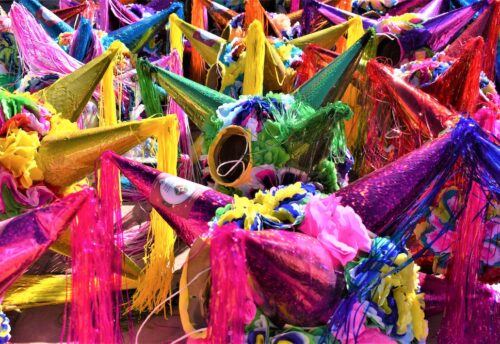
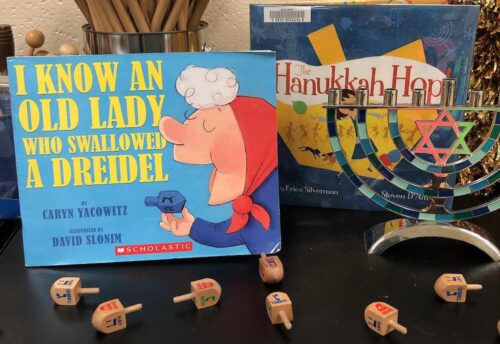
4 Comments